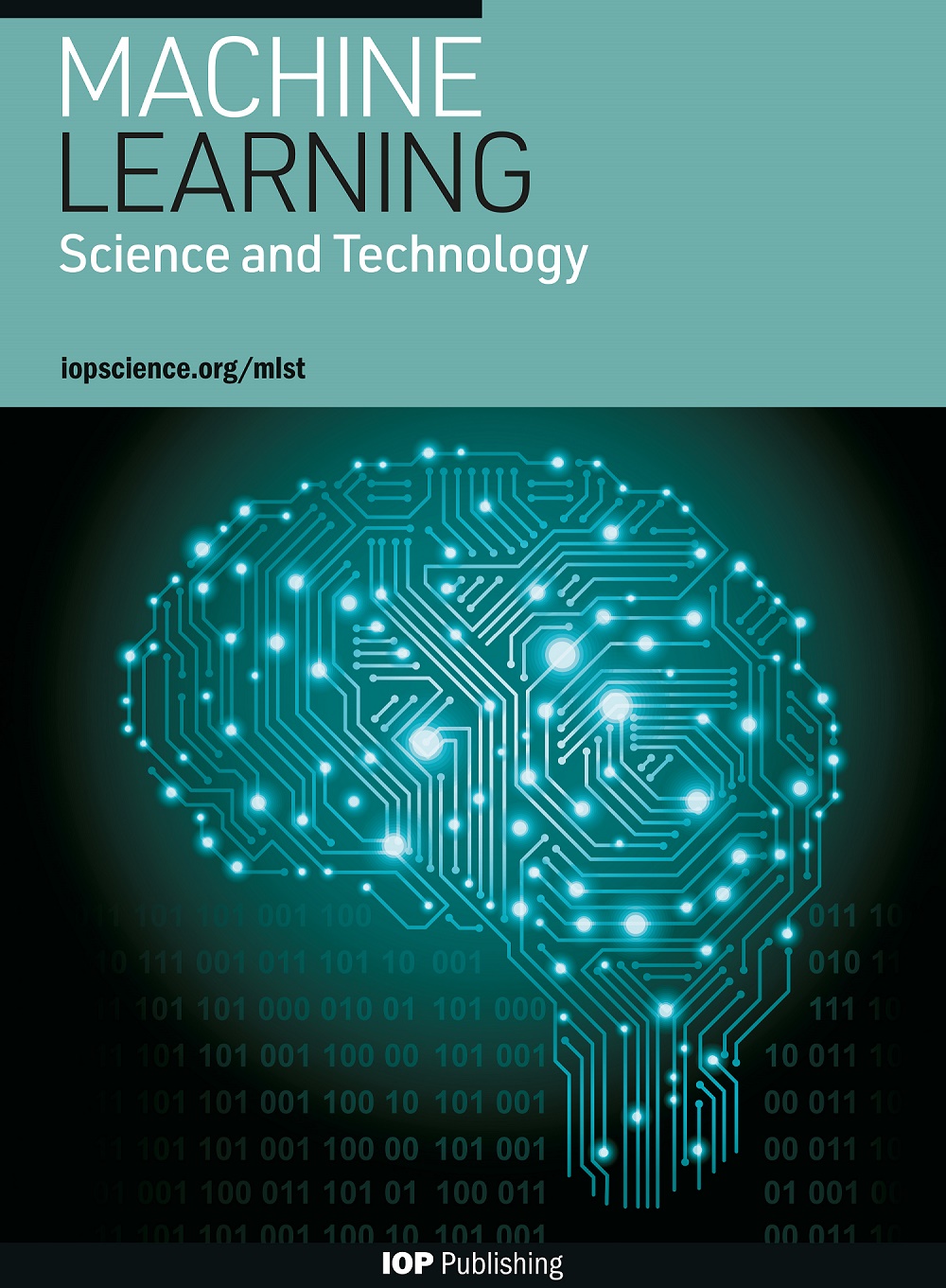An exponential reduction in training data sizes for machine learning derived entanglement witnesses
IF 4.6
2区 物理与天体物理
Q1 COMPUTER SCIENCE, ARTIFICIAL INTELLIGENCE
引用次数: 0
Abstract
We propose a support vector machine (SVM) based approach for generating an entanglement witness that requires exponentially less training data than previously proposed methods. SVMs generate hyperplanes represented by a weighted sum of expectation values of local observables whose coefficients are optimized to sum to a positive number for all separable states and a negative number for as many entangled states as possible near a specific target state. Previous SVM-based approaches for entanglement witness generation used large amounts of randomly generated separable states to perform training, a task with considerable computational overhead. Here, we propose a method for orienting the witness hyperplane using only the significantly smaller set of states consisting of the eigenstates of the generalized Pauli matrices and a set of entangled states near the target entangled states. With the orientation of the witness hyperplane set by the SVM, we tune the plane’s placement using a differential program that ensures perfect classification accuracy on a limited test set as well as maximal noise tolerance. For机器学习推导纠缠见证的训练数据量指数级减少
我们提出了一种基于支持向量机(SVM)的方法来生成纠缠见证,与之前提出的方法相比,这种方法所需的训练数据要少得多。SVM 生成的超平面由局部观测值期望值的加权和表示,其系数经过优化,对于所有可分离状态,其总和为正数,而对于特定目标状态附近尽可能多的纠缠状态,其总和为负数。以前基于 SVM 的纠缠见证生成方法使用大量随机生成的可分离状态来进行训练,这项任务的计算开销相当大。在这里,我们提出了一种方法,只使用由广义保利矩阵的特征状态和目标纠缠状态附近的一组纠缠状态组成的较小的状态集来确定见证超平面的方向。利用 SVM 设定的见证超平面方向,我们使用差分程序调整平面的位置,以确保在有限的测试集上获得完美的分类准确性以及最大的噪声容限。对于 N 个量子比特,这种方法的 SVM 部分只需要 O(6N) 个训练状态,而现有方法需要 O(24N) 个训练状态。我们用这种方法构建了 4 和 5 量子 GHZ 状态的见证,其系数与稳定器形式主义见证的吻合度分别在 3.7% 和 1% 以内。我们还使用相同的训练态生成了新颖的 4 和 5 量子位 W 状态见证。最后,我们在小型测试集上对这些见证进行了计算验证,并提出了进一步验证的方法。
本文章由计算机程序翻译,如有差异,请以英文原文为准。
求助全文
约1分钟内获得全文
求助全文
来源期刊

Machine Learning Science and Technology
Computer Science-Artificial Intelligence
CiteScore
9.10
自引率
4.40%
发文量
86
审稿时长
5 weeks
期刊介绍:
Machine Learning Science and Technology is a multidisciplinary open access journal that bridges the application of machine learning across the sciences with advances in machine learning methods and theory as motivated by physical insights. Specifically, articles must fall into one of the following categories: advance the state of machine learning-driven applications in the sciences or make conceptual, methodological or theoretical advances in machine learning with applications to, inspiration from, or motivated by scientific problems.
 求助内容:
求助内容: 应助结果提醒方式:
应助结果提醒方式:


